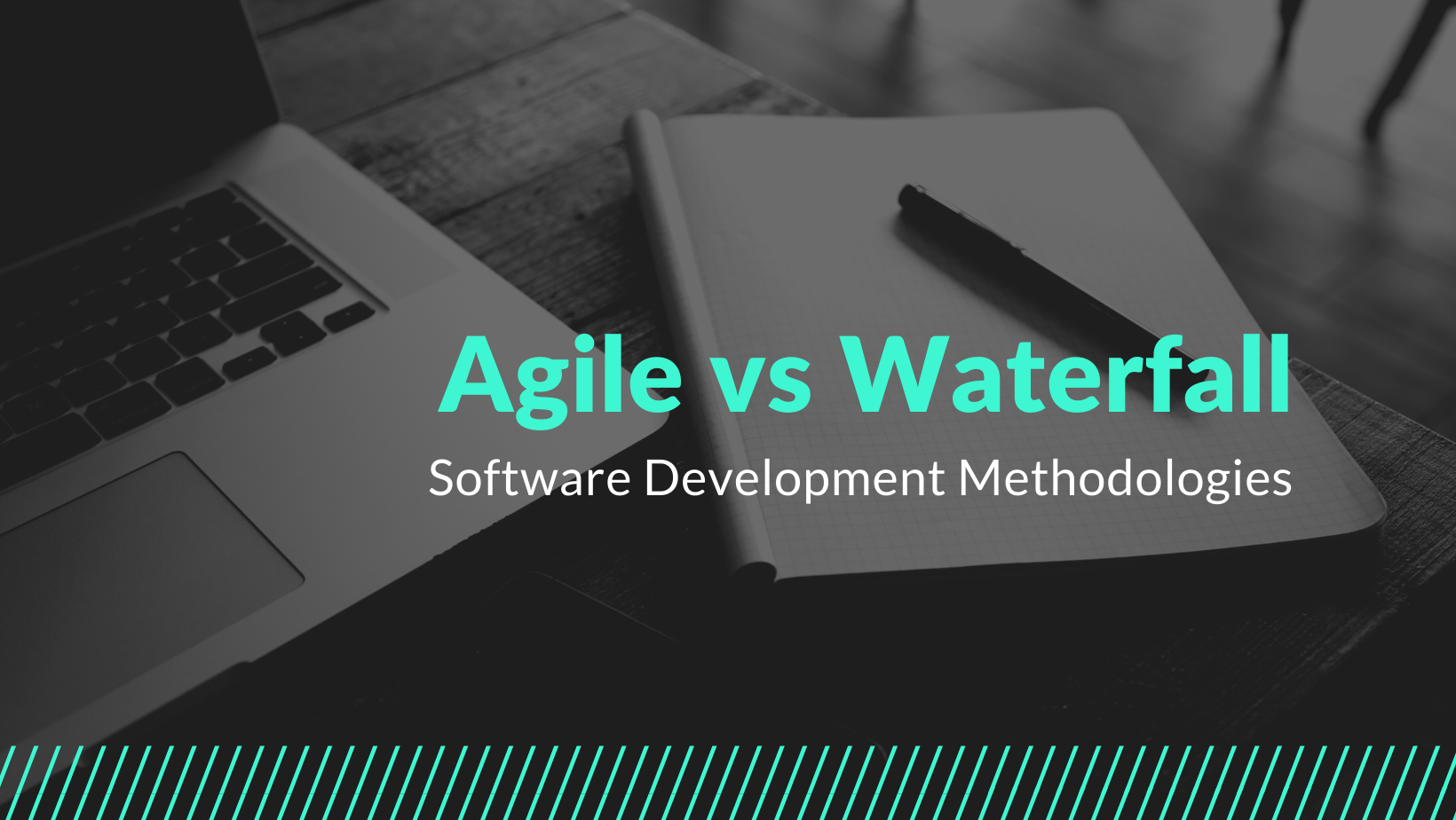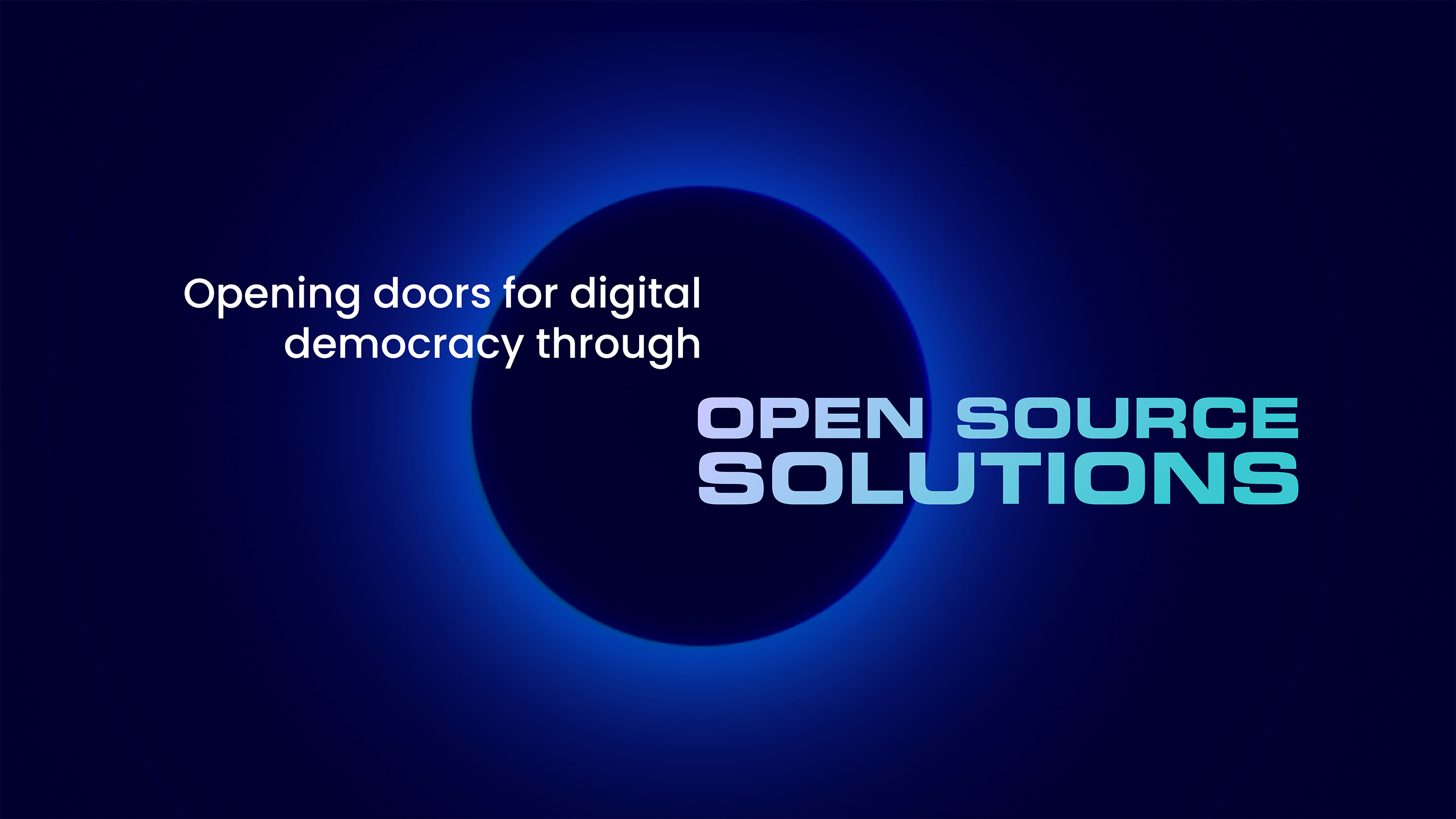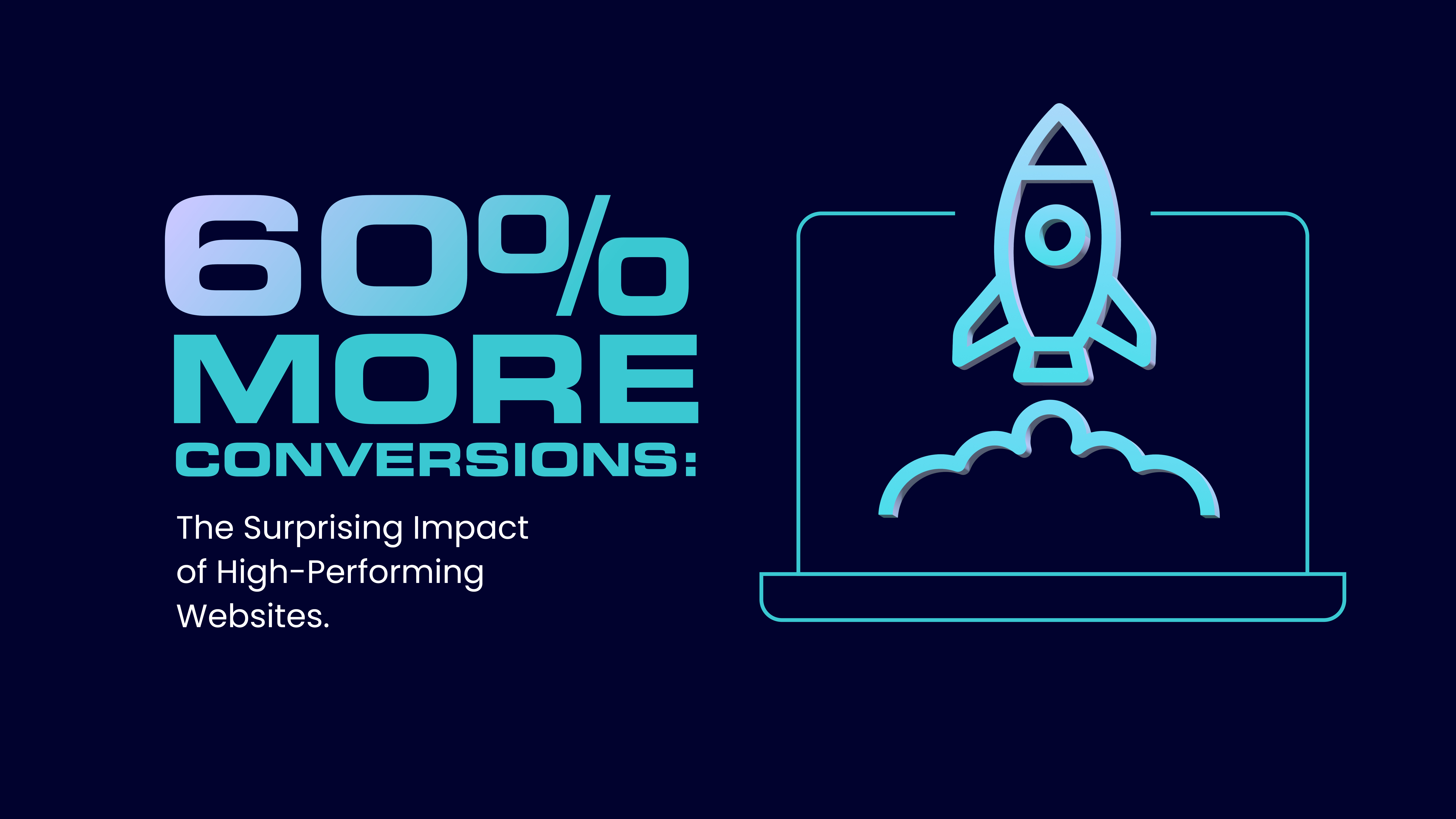
Agile vs Waterfall Software Development Methodologies
Before building any software, companies and organisations often have to decide on a structured path for their development process. This is primarily done to ensure that the team can work with maximum efficiency and the final product is of the best quality.
It’s important for a team to be disciplined while developing software. Without a structured approach there can be over utilization of resources such as time and money.
There can also be risks involved in taking a non-structured approach to software development like not being able to go back to the previous version and not being able to handle new requests by the clients.
In order to tackle such issues, various different methodologies have been suggested throughout the years, each having their own advantages and disadvantages.
However, there are two main methodologies that people have found useful and have been consistently using in production environments for decades; Waterfall and Agile.
The Waterfall methodology term was first officially coined in the 1970s and for a long time, people were using this method extensively to provide a structure to their development process.
Agile methodology is a relatively newer method that came in during the early 2000s and addressed some of the problems with waterfall such as too much time and effort spent on proper documentation and very little flexibility.
Despite this, both the methodologies are actively being used even today. In this guide, we shall look at some of the key aspects of these two most popular methodologies, and when to use which method.
Keep reading to find out which one is the best for your team.
What is Agile Methodology of Software Development?
Agile software development is an iterative method involving breaking up a project into different stages where each stage requires continuous contact with all the stakeholders and constant progress throughout the stage.
In Agile Methodology of Software development, work is often done in small units called sprints or iterations.
These sprints are short intervals; often a few days or weeks, during which the team focuses primarily on certain small tasks with the goal of completing them and making improvements along the way.
In this type of methodology, teams are in a continuous cycle of planning, testing, deploying, reviewing and improving the product.
Steps Involved in Agile Methodology:
There are mainly 5 steps involved in Agile Methodology of Software Development:
- Planning
- Product Development
- Testing
- Deploying the Product
- Review
Planning: Before starting a project, the product owner or the manager needs to create a plan in order for the team to have a clear understanding of the goals and the business requirements of the project as well as how it’s going to be accomplished.
In Agile Methodology specifically, one needs to keep in mind that the scope of the planning shouldn’t be too rigid so that the team can quickly respond to sudden modifications or improvements.
Product Development: Once there is a plan, developers can start building the first iteration of the product. This is usually done in small work units called sprints, where the goal of each sprint is to have a usable product with a basic functionality in the end. The product undergoes several revisions throughout the future iterations of these sprints.
Testing: In this stage, the team shall ensure that there are no bugs in the code and it integrates well with the software written before. The Quality Assurance team shall conduct a series of tests to check functionality, systems integration, and also ensure that the business requirements are met.
Deploying the Product:The application is deployed and involves providing continuous support for the software release. This phase ends when either the support ends or there’s a new release lined up for deployment.
Assess the Product:In this step, feedback is collected from the customers and the stakeholders which can be used as a basis for improvement for the next iteration or sprint.
What is Waterfall Methodology of Software Development?
The waterfall method uses a linear project management strategy for software development, where all the client requirements are gathered at the start and then a sequential implementation plan is built to then fit those requirements.
It is a structured and rigid method of software development that entails thoroughly documenting various requirements of the project including all the features and their variants as well as the expected results well in advance.
Steps involved in Waterfall Methodology:
There are mainly 6 steps involved in waterfall methodology of software development:
1) Requirements
2) Design
3) Implementation
4) Verification
5) Deployment
6) Maintenance
Requirements: The product development team fully understands and gathers the requirements and creates a proper documentation which includes the project timelines, costs, problems, assumptions. In this phase, the team makes every effort to ask all of the questions and obtain all of the information they require in order to construct the project requirements.
Design:The team then designs a conceptual framework followed by a technical design in order to address the various product requirements listed in the previous phase. This enables other members of the team to validate the process and allows them to define a scope for the project.
Implementation: The developers simply code applications based on the approved design and specifications finalized during the previous phases. This is a relatively shorter stage than the previous ones as most of the planning and research has already been done.
Verification: Upon implementation, the QA team assesses the quality of the product and if the requirements have been fully met. They shall create case specific test cases in various scenarios to ensure that the product delivers a good user experience, and then return to the development team in case any issues are observed.
Deployment:Once the QA team has verified that the software requirements have been fully met, the product is deployed in the market and made available to the customers.
Maintenance:Once the deployment phase is over, the maintenance starts. This addresses any defects or issues or requests that come in through the end customers or the team. A dedicated team is assigned to handle those issues or do bug fixes, and release future versions of the software with those issues resolved.
An argument for/against Waterfall/Agile
Advantages of Waterfall Model:
- The waterfall model works very well in small-sized projects where the requirements are static and clear.
- It is also one of the simplest models to work with, as all the requirements and expected outcomes are thoroughly documented beforehand.
- When it comes to managing dependencies, this project management style comes in handy as there are specified deliverables and a review mechanism in place for each phase.
Advantages of the Agile Model:
- The agile model is based on incremental development and ensures that the product's quality is maintained during every phase.
- It’s a continuous cyclic process of planning, testing and reviewing. As a result, the risk involved in the development process is substantially reduced.
- Agile teams are often dedicated to the project, therefore development is more likely to yield superior results.
Limitations of Waterfall Model:
- The waterfall model is not an effective model for large projects as the exact requirements of these projects are often not very clear in the beginning.
- It also makes bug fixing more difficult, since the testing phase only begins after the development is completed, in which case it becomes difficult to return to prior stages and make modifications.
Limitations of Agile Model
- The agile model is an ineffective strategy for small-scale projects, as the requirements of these projects are pretty much clear at the start and it’s important for the teams to focus on one path and the outcomes of the project.
- It’s also a methodology that makes it difficult to anticipate costs, time, and resources needed at the start of a project.
When would you choose one over the other/What types of projects are better suited to each?
Waterfall:
- Waterfall methodology is more suitable for projects where the timelines and the budget requirements are fixed and there aren’t too many adjustments.
- It also works well in companies that have rigid protocols as well as in the cases where the team members are providing an upgrade to an already established product.
Agile:
- The Agile Methodology works better if the project has some flexibility in terms of budget, requirements and resources required. It is an appropriate choice when the product needs to be developed in a short amount of time.
- It also works well when the team is uncertain at the very beginning about what needs to be developed or wants to explore and make improvements along the way.
- This is usually the case while building a new product where the team needs to be creative in their ways in order to bring the product to the market.





